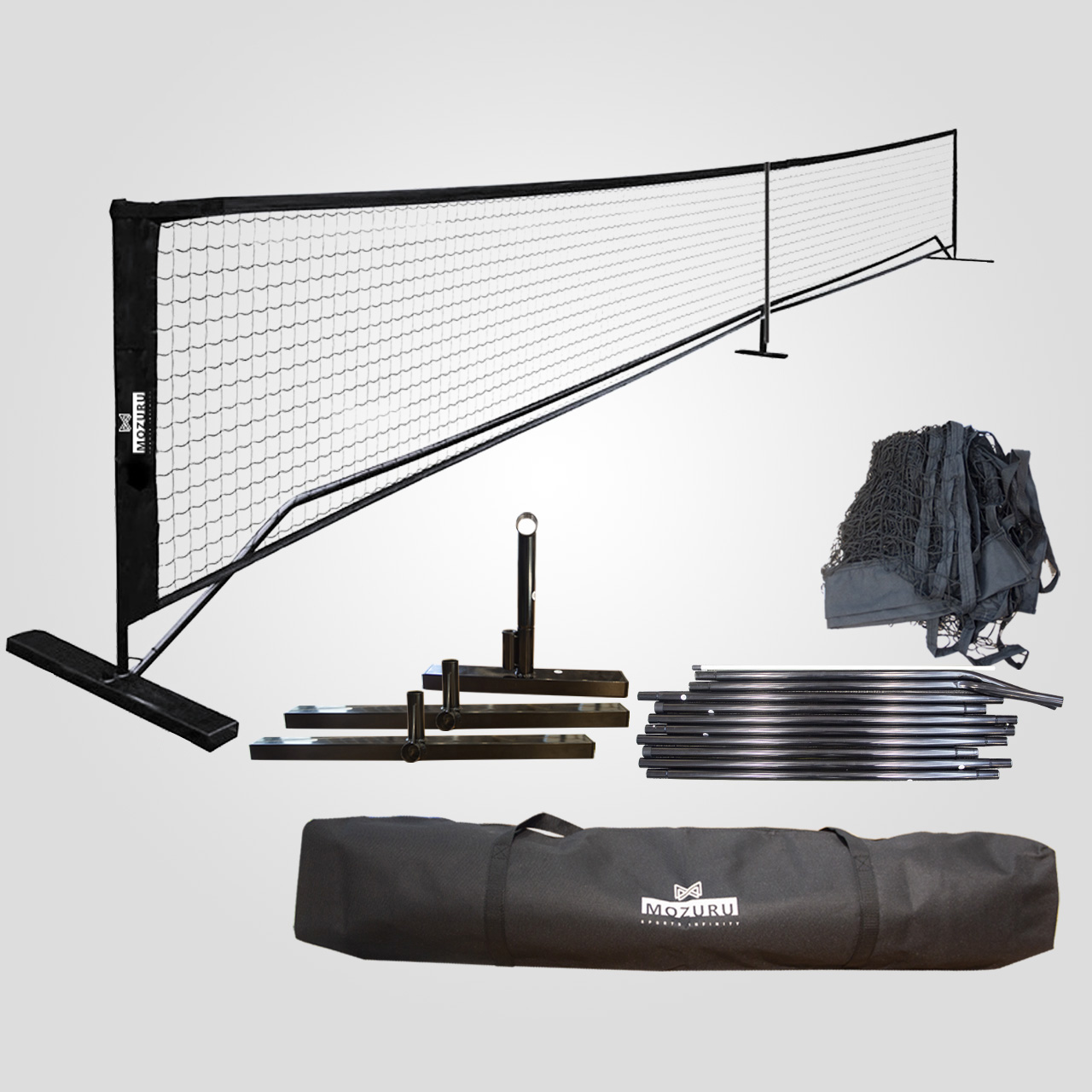Essential Guidelines for Bulk Volleyball Net Procurement
The process of importing volleyball nets in bulk requires careful consideration of multiple factors to ensure a successful and profitable purchase. Whether you're a sports equipment distributor, school district purchaser, or recreational facility manager, understanding the key aspects of bulk volleyball net importation can significantly impact your bottom line and customer satisfaction. This comprehensive guide will walk you through the crucial elements to consider when making your bulk purchase decision.
Quality Standards and Material Specifications
Net Material Selection
When importing volleyball nets, the material quality stands as a paramount consideration. Professional-grade nets typically feature high-density polyethylene (HDPE) or polypropylene materials, known for their durability and weather resistance. The material thickness, measured in denier, directly affects the net's longevity and performance. Look for nets with at least 3mm thickness for competitive play, while recreational purposes may allow for slightly lighter options.
Manufacturing Standards Compliance
International volleyball regulations set specific standards for net dimensions and construction. FIVB-approved nets must measure exactly 1 meter wide and 9.5 meters long, with precise mesh size requirements. When importing volleyball nets, ensure your supplier provides detailed specifications and certification documentation. This becomes especially crucial when supplying equipment for official tournaments or educational institutions.
Production Capacity and Supply Chain Management
Manufacturing Timeline Considerations
Understanding production timelines is crucial when importing volleyball nets in bulk quantities. Most manufacturers require 20-30 days for large orders, not including shipping time. Factor in potential delays due to material sourcing, quality control processes, and seasonal demand fluctuations. Establishing a clear timeline with your supplier helps prevent inventory shortages and ensures timely delivery to your end customers.
Minimum Order Requirements
Different manufacturers set varying minimum order quantities (MOQ) when importing volleyball nets. While larger MOQs typically offer better unit pricing, they also require greater upfront investment and storage capacity. Consider your market demand, storage capabilities, and capital constraints when negotiating order quantities. Some suppliers may offer flexible MOQ terms for long-term partnership commitments.
Technical Specifications and Customization Options
Net Design Features
Modern volleyball nets come with various technical features that enhance their functionality. Cable headlines, reinforced side tapes, and adjustable tension systems are essential components to evaluate. When importing volleyball nets, specify requirements for UV protection treatment, which extends outdoor durability. Consider whether you need nets with quick-setup features for recreational use or professional-grade systems for competitive venues.
Customization Possibilities
Many manufacturers offer customization options when importing volleyball nets in bulk. This might include branded side tapes, custom colors, or specific dimension modifications for specialized applications. While customization can increase unit costs and production time, it provides opportunities for market differentiation and higher profit margins. Evaluate the demand for customized products in your target market before committing to specialized orders.
Pricing Structure and Cost Analysis
Direct and Indirect Costs
The total cost of importing volleyball nets extends beyond the base unit price. Calculate shipping costs, import duties, customs clearance fees, and potential storage expenses. Consider whether air freight or sea freight better suits your timeline and budget constraints. Volume discounts may offset some costs, but ensure you understand all financial implications before finalizing your order.
Payment Terms and Financial Protection
Negotiate favorable payment terms that protect both parties' interests. Letters of credit, wire transfers, and trade assurance services offer various levels of security when importing volleyball nets. Consider working with suppliers who accept staged payments or offer sample orders before large commitments. Document all payment terms clearly to avoid misunderstandings and potential disputes.
Quality Control and Testing Procedures
Pre-Shipment Inspection
Implement robust quality control measures before shipment. This includes physical inspection of materials, construction quality, and packaging integrity. When importing volleyball nets, consider hiring third-party inspection services to verify product quality and quantity. Request test reports for material strength, UV resistance, and dimensional accuracy to ensure consistency across the entire order.
Sample Evaluation Process
Always request and thoroughly evaluate product samples before placing bulk orders. Test samples under actual usage conditions to assess durability, ease of installation, and overall performance. Document any concerns or required modifications clearly with your supplier. This step proves invaluable in preventing quality issues in larger shipments and ensuring customer satisfaction.
Frequently Asked Questions
What is the typical lead time for bulk volleyball net orders?
The standard lead time for bulk volleyball net orders typically ranges from 20-45 days, depending on order quantity and customization requirements. This timeline includes production, quality control, and preparation for shipping. During peak seasons, lead times may extend further, so planning ahead is essential.
How can buyers verify supplier credentials when importing volleyball nets?
Buyers should request business licenses, quality certifications, and manufacturing certificates from potential suppliers. Checking references, reviewing previous client testimonials, and conducting factory audits when possible are recommended practices. Working with suppliers who maintain international quality management certifications provides additional assurance.
What are the key quality indicators for volleyball nets?
Essential quality indicators include material density, knot strength, UV resistance rating, and dimensional stability. The quality of edge reinforcement, cable housing durability, and overall construction uniformity are also crucial factors. Professional-grade nets should meet or exceed FIVB specifications for competitive play.
How should buyers approach price negotiations for bulk orders?
Begin negotiations by understanding market prices and competitor offerings. Request detailed quotations including all costs (shipping, customs, etc.). Consider long-term partnership opportunities that might offer preferential pricing. Remember that extremely low prices might indicate compromised quality, so balance cost savings with quality requirements.
Table of Contents
- Essential Guidelines for Bulk Volleyball Net Procurement
- Quality Standards and Material Specifications
- Production Capacity and Supply Chain Management
- Technical Specifications and Customization Options
- Pricing Structure and Cost Analysis
- Quality Control and Testing Procedures
- Frequently Asked Questions


